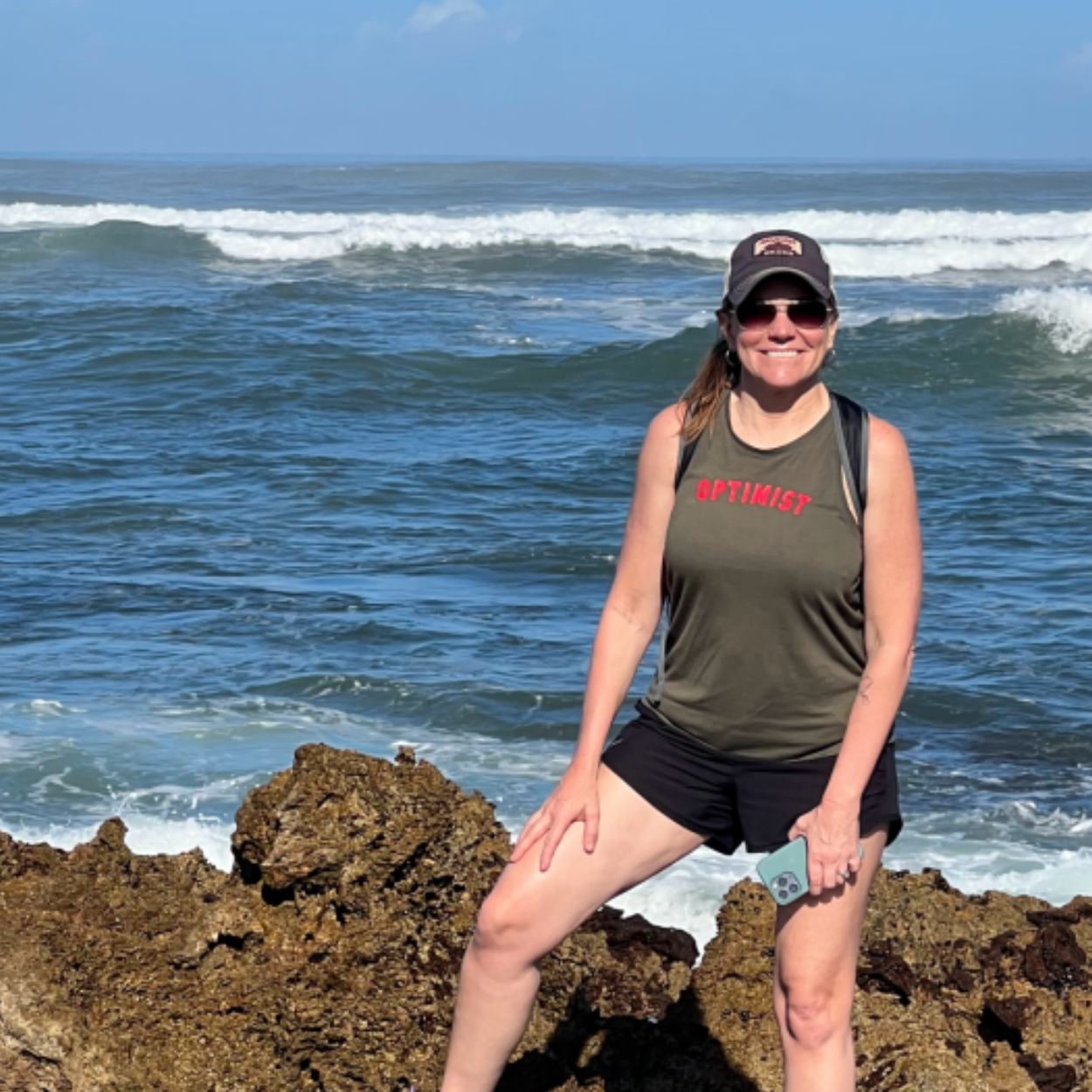Mindy Vail’s new book is The Mindshift Effect: Where Change Management is Redefined and Leadership is Refined. As the title would suggest, the book belongs firmly in leadership and business advice, along with some corporate subdivisions of the self-help genre. However there’s a personal touch there that humanizes the text, adding another feather into Vail’s cap with respect to her arguments. Her ability to mix both personalized and professional tonalities vivifies the arguments wholesale for the reader, making the book immediately appealing for a postmodernist workplace audience.
With the nature of work and life beginning to blend courtesy of Covid-19 and technological advancement(s), this showcases not only Vail possessing genuine qualities with respect to communicating the ideas to the target audience, it also shows a reliability given the fact she has a finger on the pulse of the current, workplace discourse. “Chances are your life has been shaped by a tapestry of experiences — victories and setbacks — all contributing to the person you are today,” she writes. “Whether you’re just stepping onto the career path, seeking a new passion to fuel your soul, or you are a seasoned executive satisfied with your achievements yet hungry for more, the pursuit of knowledge remains a constant.
Perhaps you’re simply striving to be a better person, drawing wisdom from the varied journeys of others. Whatever your story, you’ve arrived here, and I’m thrilled to embark on this journey alongside you. It is my hope that this book will serve to reinforce familiar concepts while also offering new perspectives to enrich your developmental journey… I entered the corporate world, but one that was franchised.
AMAZON: https://www.amazon.com/MindShift-Effect-Management-Redefined-Leadership/dp/B0D1YCSZF6
Navigating the complexities of a franchise system presented its own unique hurdles which I lived in for almost a decade. In the franchise system, I encountered a myriad of challenges stemming from its structured framework and decentralized operations. Balancing the need for uniformity across locations while accommodating local variations and strong personalities demanded strategic finesse. Moreover, reconciling conflicting priorities among franchisees, corporate directives, and market demands added layers of complexity.”
She also states, “All of this was the genesis for this book. For years, regardless of where my paycheck came from, I have always been immersed in the dynamic field of leadership and change management. It’s what I love, but it became evident to me that while there exists a wealth of literature on leadership development and change management, many change management methods are highly technical and difficult to understand. They employ complex frameworks, terminology, and methodologies that require specialized expertise to navigate effectively. This can potentially create barriers for those unfamiliar with the field.
Much of it seemed to reside in the realm of academia or corporate jargon— far removed from the everyday realities of leaders and change agents on the ground. There seemed to be a gap—a void waiting to be filled by a resource that was not only informative and insightful but also approachable, relatable, and actionable. For this reason, I’m taking a slightly different, more humanistic, bite-sized approach to change management. I prioritize empathy, communication, and collaboration, aiming to understand the emotional and psychological aspects of change for individuals. My focus is to create a supportive environment to facilitate smoother transitions and garner greater buy-in from stakeholders.”
Garth Thomas

